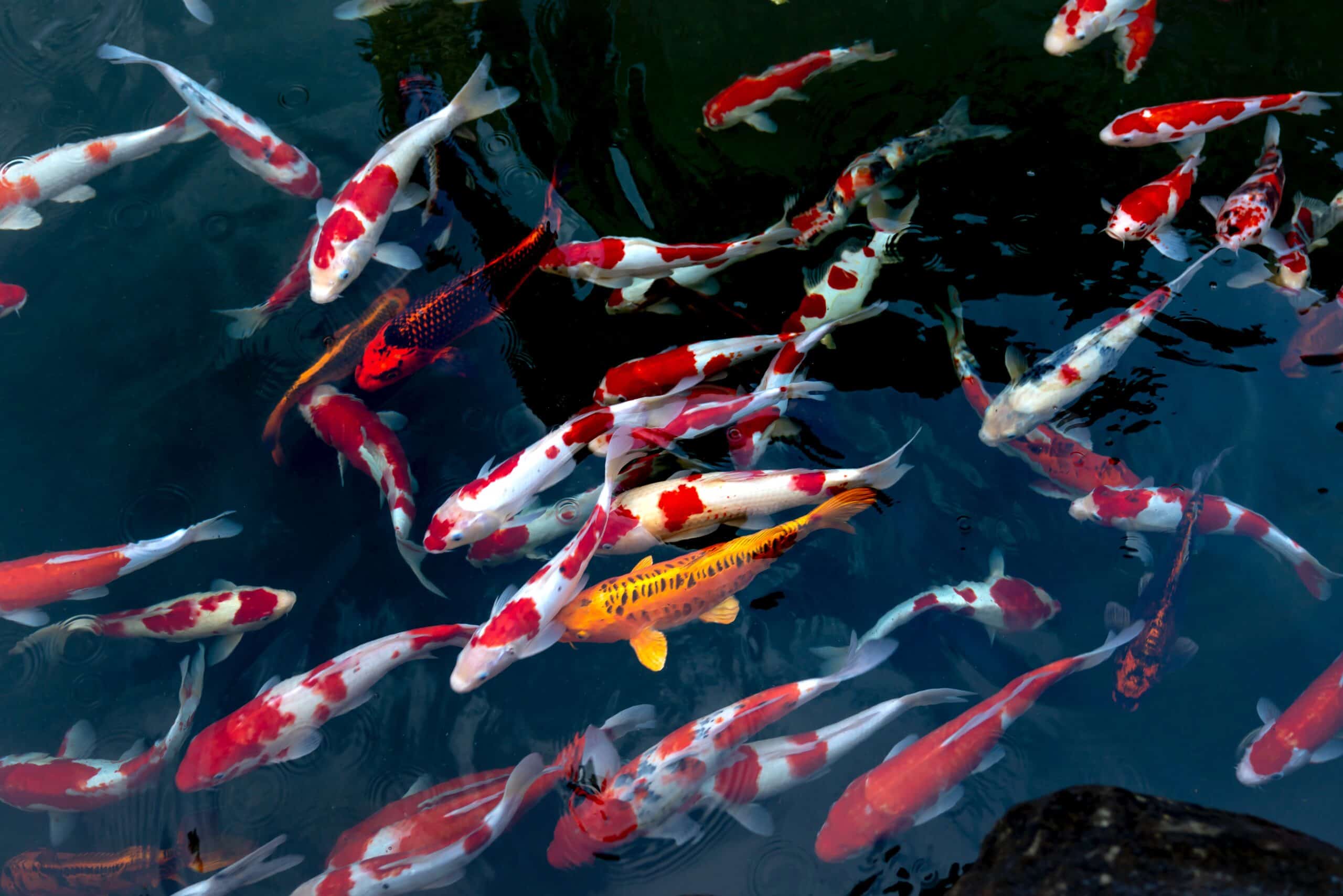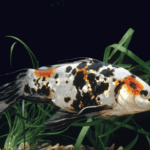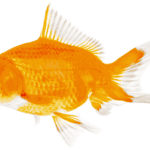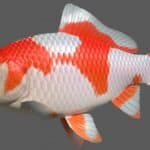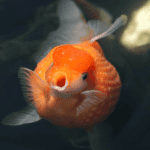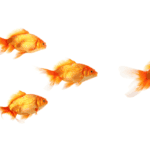Koi fish are a beautiful addition to any pond or water garden. They are also a popular choice for large indoor aquariums. Koi are members of the carp family and can live for many years, with the oldest recorded koi named Hanako living for over 200 years. They are popular in Japan and are often kept in outdoor ponds.
The average lifespan of a koi fish is 25-35 years but can vary depending on the care they receive and their health conditions.
In this article, I’ll discuss the average lifespan of domestic and Japanese koi fish, as well as how to care for them so they can live a long and healthy life.
The Koi Fish Lifespan (Domestic Vs. Japanese)
When most people think of koi fish, they picture the brightly colored creatures swimming in ponds at Japanese temples. What many don’t realize is that there is a difference between domestic and Japanese koi fish.
Domestic Koi Fish
Koi fish that are bred in the United States or anywhere outside of Japan are considered domestic koi. They are typically less expensive than Japanese koi, making them a more affordable option for those interested in keeping these beautiful fish. Domestic koi can live for up to 15 years on average.
Japanese Koi Fish
Japanese koi are bred in specially designed ponds in Japan that allow for optimal growth and coloration. Japanese koi are usually much more brightly colored than their domestic counterparts. They are also given high-quality food and a natural environment that helps them reach their full potential. As a result, Japanese koi can grow to be over three feet long and live for over 35 years!
So, if you’re looking for a pet that will bring you joy for many years to come, stick with Japanese koi.
Tips to Improve the Koi Fish Lifespan
A koi fish can live longer with the proper care. Here are some tips to help you keep your koi healthy and improve their lifespan:
- First, koi can grow quite large, so be sure to provide them with plenty of space to swim and explore. Provide a large enough pond or a minimum of 200-gallon tank. The pond should be at least 3 feet deep to allow the koi to survive winter temperatures.
- Maintain the water temperature within the ideal range for koi fish. The water should be between 65-75 degrees Fahrenheit.
- Koi need clean water to live in. Be sure to regularly check the ammonia and nitrite levels in your pond and take steps to keep them low. You can do this by adding plants that help filter the water or by using a pond filter.
- Feed them a high-quality diet. Koi are omnivorous, so they need a diet that includes both plant and animal matter. Be sure to choose a food that is specifically formulated for koi to ensure that they get all the nutrients they need. You can also supplement their diet with fresh vegetables and fruits.
- Keep the pH level of the water within the ideal range for koi fish. The pH level should be between 7.2 and 7.4.
How to Spot the Koi Fish Diseases?
Koi fish are peaceful creatures that can bring joy to any home. However, like all animals, they are susceptible to a number of diseases. Some of the most common koi fish diseases include:
Ich: Ich is one of the most common Koi diseases and is caused by a parasitic infection. Symptoms include white spots on the skin and fins, as well as increased scratching and rubbing against objects in the pond. Ich can be treated with medications, but it’s important to catch it early for the best chance at recovery.
Koi Herpesvirus: This is one of the most serious diseases that can affect koi fish, and it can be deadly. The virus is highly contagious and can spread quickly through a pond. Symptoms include lethargy, loss of appetite, and white spots on the skin.
Tetrahymena: Tetrahymena is a parasite that affects the gills of koi fish, causing them to become inflamed and eventually leading to death. Symptoms include difficulty breathing, listlessness, and increased mucus production.
Columnaris: Another common disease is columnaris, which is caused by bacteria that thrive in warm water. Symptoms include ulcers on the skin, fraying fins, and cloudy eyes. This disease can be difficult to treat, so prevention is key.
How to Prevent Koi Fish Diseases
Here are a few tips to keep your koi fish healthy and prevent diseases:
- Keep your pond clean. This includes keeping the pond free of debris and maintaining proper filtration. Vacuum the bottom of the pond to remove dirt and waste.
- Test your water quality regularly. Ensure that the pH, ammonia, and nitrite levels are all within the safe range for koi.
- Quarantine new fish before adding them to your pond. This will help to prevent the spread of any diseases they may be carrying.
- Inspect your fish regularly for signs of illness, such as abnormal swimming behavior, loss of appetite, or visible lesions on the body.
- Nutrient-rich food: Keep your fish well-fed with a high-quality diet that includes plenty of vitamin C to help boost their immune system.
Final Thoughts
Koi fish have the potential to live for a very long time if they are well cared for and have access to good-quality food and clean water. The average lifespan of a Japanese Koi fish is 25-35 years while the domestic koi fish (bred in the United States) can live for up to 15 years. The oldest koi on record was Hanako, who died at the age of 226.
Following the tips mentioned above will help you improve the lifespan of your koi fish. Koi make great pets for people who are willing to commit to taking care of them for many years.
